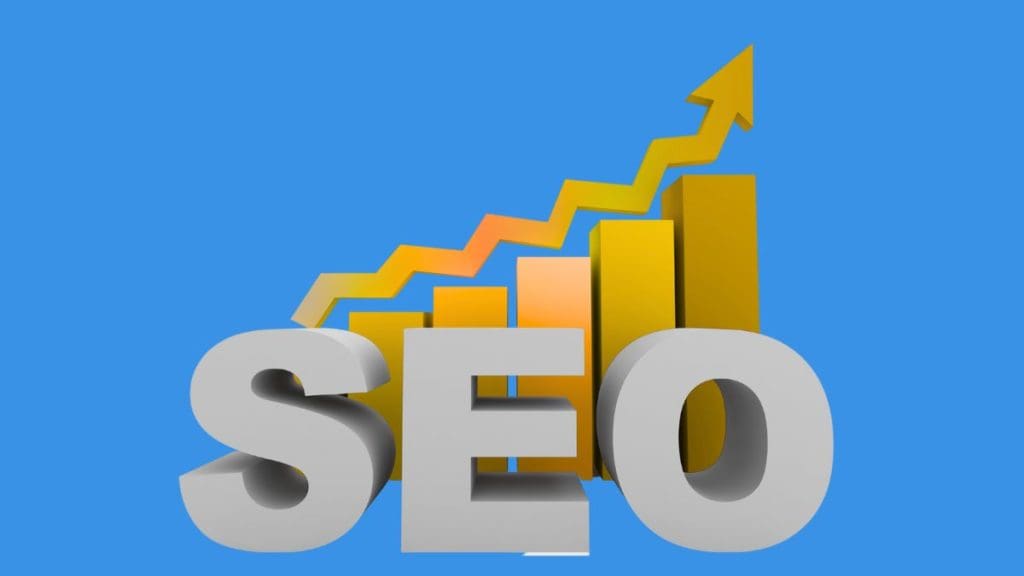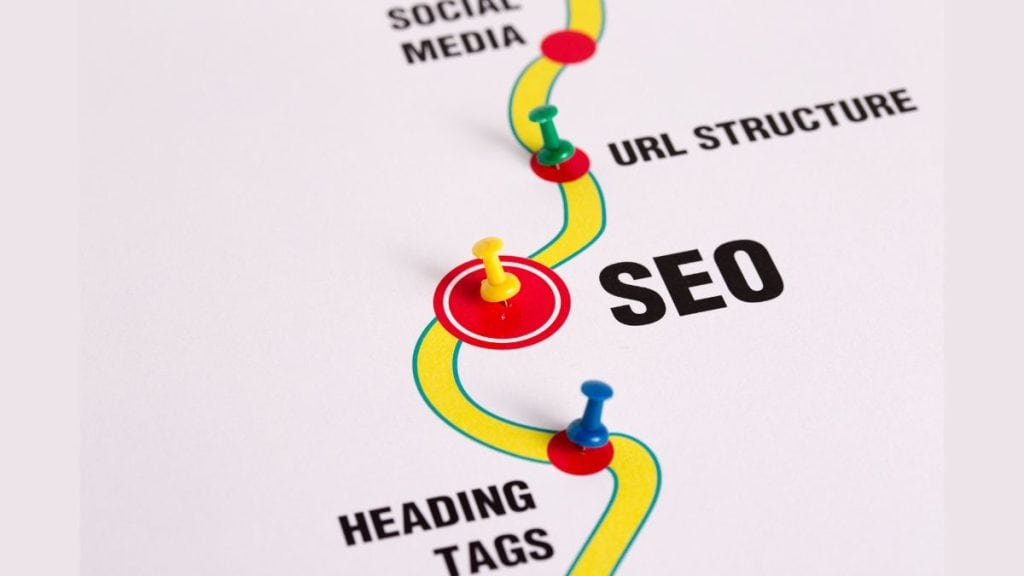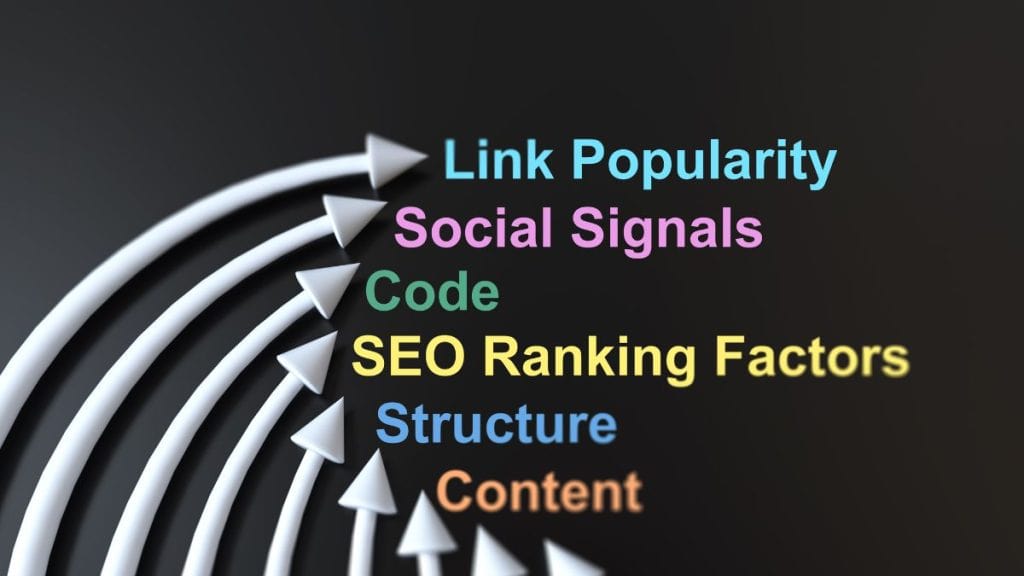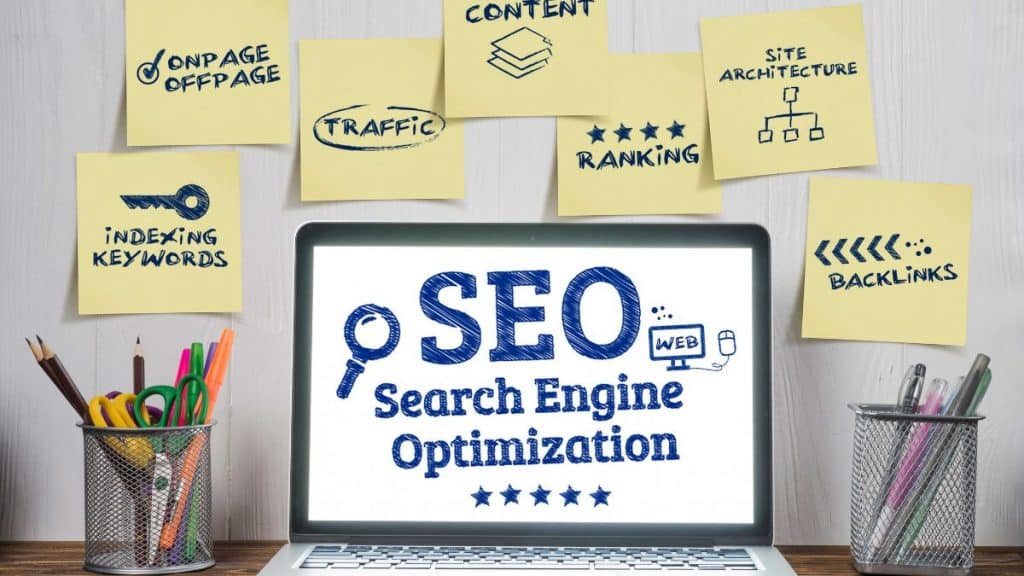Search Engine Optimization, or SEO, helps websites get noticed on search engines like Google, Bing, and Yahoo. When someone types a question or keyword into a search bar, SEO affects which pages show up and in what order. If a website is well-optimized, it’s more likely to appear on the first page of results. That means more clicks, more visits, and more chances for your message or product to reach people
What Does SEO Mean?

SEO means making a webpage easy for both users and search engines to understand. When a site uses the right words, clear layout, and helpful content, search engines can show it to the right people.
The goal of SEO is to improve a website’s visibility in organic (non-paid) search results. These are the results that show up naturally when someone searches—no ads involved. Websites that appear at the top of the results page often get the most visits, and that’s why SEO matters.
How Do Search Engines Work?
Search engines go through three key steps before showing results: crawling, indexing, and ranking.
Crawling is where everything starts. Search engines send bots, often called spiders, to move through the internet. These bots look for new pages and updates on websites. They follow links, scan text, and collect information.
Once the content is found, it gets indexed. That means the page is saved and stored in the search engine’s database. This index helps Google and others know what the page is about.
Then comes ranking. When someone searches for a word or phrase, the search engine checks its index to find matching pages. It shows them in an order that seems most useful. This ranking depends on things like keyword usage, page speed, mobile readiness, and how trustworthy the site looks.
If a site is easy to crawl, clear to index, and offers real value, it’s more likely to rank well.
Main Types of SEO
SEO is not just one tool. It includes different methods that work together to improve a site’s performance.
On-Page SEO

On-page SEO focuses on everything you can change or improve directly on your website. This includes content, layout, keyword placement, and metadata. The goal is to help search engines clearly understand what your page is about and match it to relevant searches.
When done right, on-page SEO also improves the experience for visitors. Pages that are well-written, structured, and visually clear make it easier for people to stay, read, and engage with your content.
What On-Page SEO Involves:
- Adding target keywords in titles, headers, and body text
- Writing SEO-friendly meta descriptions to explain the page’s purpose
- Using internal links to connect related content on your own site
- Structuring content with H1, H2, and H3 headings
- Adding alt text to images for both users and search engines
- Creating easy-to-read URLs with clear terms instead of random numbers or characters
- Making sure your content answers real questions people are searching for
On-page SEO is the foundation. It tells search engines, “Here’s what this page is about, and here’s why it matters.”
Off-Page SEO

Off-page SEO is what happens outside your website but still affects how search engines see your site’s quality and authority. It shows whether others trust your content enough to link to it or mention it.
Google and other search engines treat these signals as proof of credibility. The more trustworthy websites that refer to you, the more search engines are likely to rank your content higher.
Key Off-Page SEO Factors:
- Backlinks from relevant, high-quality websites
- Mentions on blogs, forums, or news articles—even without a direct link
- Social media shares that bring attention to your content
- Listings in business directories or local profiles
- Guest posts that include links back to your site
A good off-page strategy helps build your domain’s reputation. But links from spammy or unrelated sites can hurt your rankings, so focus on real, natural connections.
Technical SEO

Technical SEO deals with the setup and performance of your website. It’s not about content or links but how well your site works in the background. These elements help search engine bots crawl, understand, and index your pages.
If your website has errors, loads slowly, or doesn’t work on mobile devices, even the best content won’t rank well. Technical SEO ensures your site is healthy, fast, and accessible to both users and search engines.
Important Technical SEO Elements:
- Page speed: Faster sites rank better and reduce bounce rates
- Mobile responsiveness: Sites must work smoothly on phones and tablets
- HTTPS: A secure connection using SSL encryption improves trust
- XML sitemap: Helps search engines find and crawl all pages
- Robots.txt file: Controls what bots can access or skip
- Clean URLs: Avoids messy, confusing link structures
- Structured data (Schema): Helps search engines show rich results like FAQs or reviews
Fixing technical SEO is often the first step after setting up a website. Without it, other SEO efforts may fail to reach full results.
Why SEO Matters?
SEO helps people find your website without paying for ads. If your site ranks high in search results, more people can visit it. That means more chances to grow your business or share your message.
With good SEO, your site can:
- Get more traffic over time
- Appear when people search for things you offer
- Build trust with users by showing up in top results
- Compete with bigger brands without big ad budgets
SEO works slowly but keeps giving results as long as your content stays helpful and your site runs well.
SEO vs Paid Search
You can show up on Google in two ways—through SEO or paid ads. Here’s how they compare:
| Feature | SEO | Paid Search (Ads) |
|---|---|---|
| Cost | No cost per click | Pay for every visitor |
| Time to appear | Takes time to build rankings | Shows up right away |
| Label in results | Natural placement | Marked with “Ad” label |
| Long-term value | Builds traffic over time | Stops when budget ends |
Basic SEO Techniques to Should Applied Fast
You don’t need to be an expert to start improving your SEO. Here are some simple ways to help your website rank better:
- Use target keywords in your page title, headings, and main content
- Write a clear meta description so users know what your page is about
- Add internal links to connect your pages together
- Use alt text to describe images for better indexing
- Make sure your site works well on phones and loads quickly
- Use short URLs with clear words instead of random characters
These small steps help both people and search engines understand your content.
Tools That Help with SEO
Several free and paid SEO tools can guide you through SEO tasks. They show what’s working and what needs fixing.
- Google Search Console lets you see how your site appears in search and alerts you to any problems
- Google Keyword Planner helps you find words people are searching for
- Ahrefs and SEMrush let you track your keywords and competitors
- Yoast SEO is a WordPress plugin that helps improve content as you write
These tools give clear steps and reports to make SEO easier to follow.
Conclusion
SEO helps your site appear when someone searches for answers, products, or services. It doesn’t cost per click, but it does take time and care. When you use the right keywords, fast loading pages, good links, and helpful content, you make it easier for Google and others to show your site.
You don’t have to know everything to start. Just begin with the basics and grow from there.
If this article helped you, share it with someone who’s new to SEO. Questions or tips? Leave a comment and join the conversation